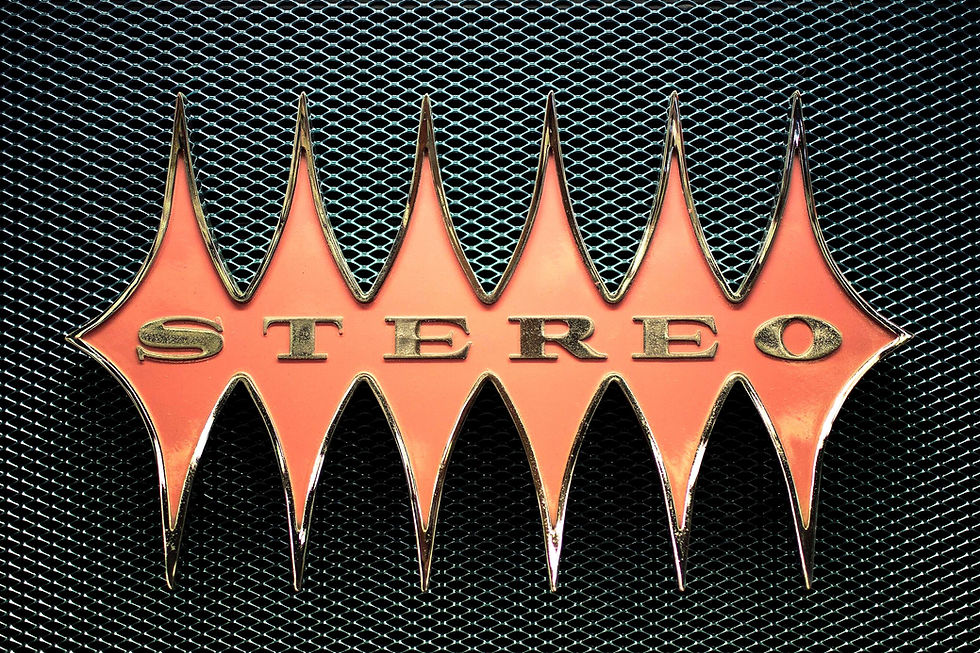Recording Solo Piano: The Genre Effect
- BMP
- Jun 27, 2020
- 3 min read
Updated: Jul 6, 2020
Listeners of classical piano recordings expect to be as aware of the sound of the hall, as that of the piano itself. The jazz and pop listener expects a much closer, direct sound. Ken Blair discusses the effect of genre on microphone placement. As recording engineer on a solo piano recording, one of the first things I need to know is the type of music being performed. Genre has a big impact on the placement of the microphones. In recording classical music, the microphones end up significantly further away from the instrument than for jazz or pop. The two sounds are very different, but what's behind this aural expectation? The answer is found in the established performance practice at live concerts.
Classical music tends to be performed in acoustically rich recital halls, with no amplification. Audience members can be tens of metres away from the performer and will hear a ‘natural sound'; a combination of direct sound from the instrument, and reverberant, reflected sound from the the walls of the hall.
At jazz and pop gigs the common use of drum kit demands that other instruments and voices in the band are amplified in order to be heard. Technically, the only way to achieve that successfully, while avoiding head splitting feedback, is to mic each instrument closely. Most of the sound the live audience hears will be from loudspeakers, amplifying the direct sound of the closely positioned microphones.

In the recording studio, the idiomatic jazz-pop close sound is achieved by positioning the microphones very close to, or inside the piano, with the lid open on full or half stick. The microphones sit roughly 20-40 cm above the strings, one covering the treble end, the other taking care of the bass. Their directivity pattern is likely set to cardioid, meaning the microphone picks up from only the front. Not surprisingly, this produces the aural effect you would get if sitting right next to the piano: a close, acoustically dry sound, no matter if the instrument is in a small studio or big concert hall, such is the prevalence of the direct sound of the instrument. With the position of the microphones optimised I then use tone controls, audio compression and digitally created reverberation at the mixing desk, to fine tune the sound for the piece being played.

For the classical sound, rather than being 20-40 cm from the piano strings, the microphones could be anywhere between 2 and 4 metres away from the instrument. How directional the microphone’s pick up is, the angle and distance between them, and the model used, all play a part in the character of the recorded sound. Before we record anything, with the artist playing the piano, I’ll make small positional adjustments to allow for the acoustics of the room, the tonal quality of the instrument, the specific music being played, and personal taste. Unlike with the close, pop sound, the aim in classical technique is to achieve the optimum sound solely through microphone selection and positioning, rather than using tone and dynamics controls on the mixing desk. This is the best route to a ‘natural sound’ similar to that heard in live concerts.

Even within each broad genre there's no 'one size fits all' mic placement. For any given artist-hall-piano combination, the sound I would aim for is likely to be slightly different for a recording of, say, the music of Bach than that of Liszt.
In summary, audiences have an expectation that the differences in live performance practice of various musical styles will be reflected in recordings . It's part of the recording engineer's work to recognise this and in fact, is one of many aspects of the job which adds tremendous variety.
To hear a comparison of these two types of piano sound, listen to the first (at 0:00) and second last
(at 3:09) excerpts on the BMP Sound Sampler
© 2020 Ken Blair & BMP The Sound Recording Company Ltd




Comments